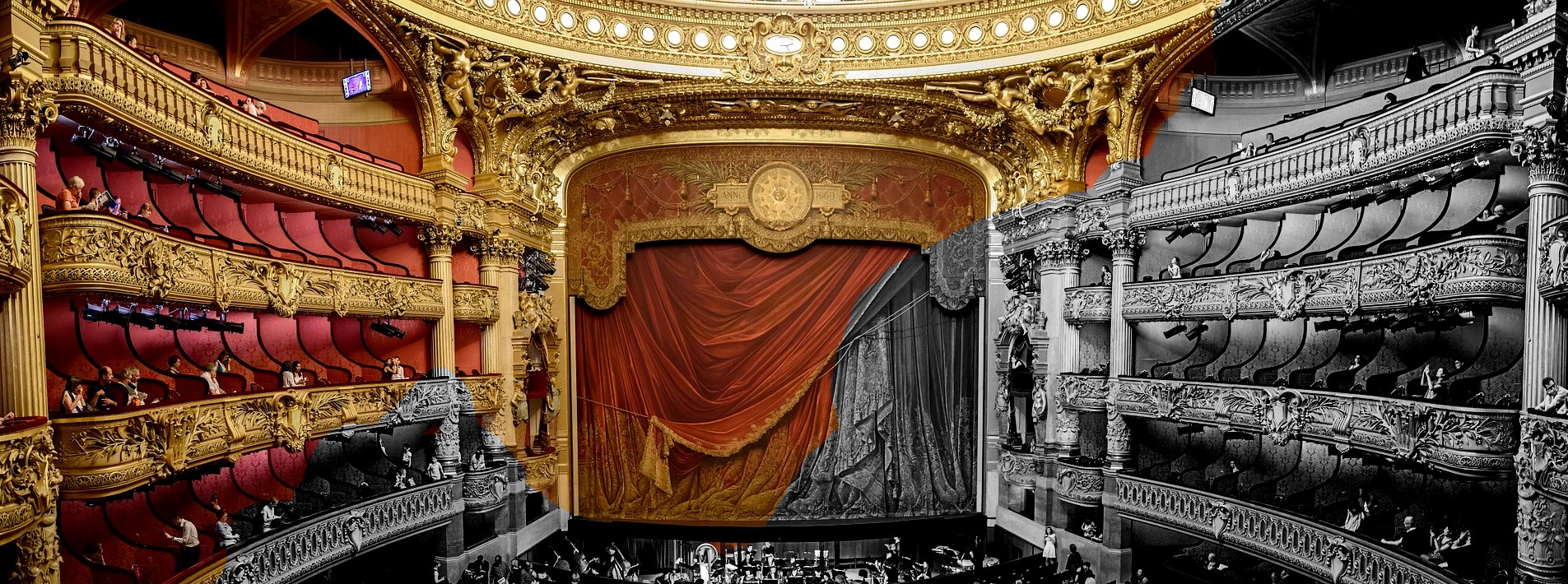As an art form, opera has been performed across the globe for hundreds of years, with its roots dating back to the Renaissance period. Its mixture of choral or melodic vocals, lavish performance, and symphonic music makes for a unique artistic experience unlike any other.
While its origins can be drawn back to 400 years or so, its inspiration predates its emergence, as its performances were often created from accessible stories such as Greek myths, religious events, poetry or even literature.
It’s no secret that opera’s popularity with younger audiences may not be as prominent as other dominant modes of performance art nowadays, but it nevertheless continues to thrive throughout the city — oftentimes catering to a younger crowd who may not even be aware of all it has to offer.
The Canadian Opera Company (COC), the largest opera company in the nation and a Toronto fine arts staple, has put programs in place with the goal of creating a welcoming accessibility for younger audiences into the art of opera. The Opera Under 30 program connects younger audiences under the age of 30 to cheaper opera tickets, while their Vox program provides their young patrons an annual membership with monthly fees as low as $10.
Sadhisha Ambagahawita, a COC Vox Committee Member, says that despite its reputation, opera is an ever-evolving art form fit for these younger audiences.
“Although for many people the most immediate association that comes to mind when they think of opera is the ‘traditional’ reputation — operas written around the 18th and 19th centuries, so much has been done over the years in terms of bold new operas and modern-day interpretations on the stories we know and love. However, to keep treading forward on this path of evolution and growth, it’s more important than ever to be bringing in fresh voices and perspectives, and this starts with inviting younger people to experience the beauty and joy of opera.”
Ambagahawita says that to make opera viewings more accessible for younger audiences the company strives to foster a diverse community. “As a result, we’re seeing more repeat faces in the opera house and more enriching conversations happening about what’s next for opera. And what’s exciting is that it’s just the start,” they say.
Opera Atelier, a period opera, drama, and ballet company here in Toronto, looks to cater to a younger audience as well by having themselves be reflected upon the stage, says Marshall Pynkoski, founding co-artistic director and stage director. Pynkoski says that by promoting opera as “the ultimate multi-disciplinary art form,” it allows for the organization to reach out to a pool of diverse young people from an early age.
“Many of the singers working with Opera Atelier began while they were still students at The Royal Conservatory, and over the years have grown to become soloists singing major roles for the company. The same is true of our dancers — who make up the Artists of Atelier Ballet — some of whom began training with Opera Atelier from as early an age as nine years old,” says Pynkoski.
Opera Atelier created the Making of an Opera (MOAO) program to introduce young students to opera production. This allows students to work both onstage, behind the scenes, and in the seats of opera performances to gain professional and personal experience. According to Pynkoski, MOAO is now available as a digital experience as a result of the pandemic and allows them to reach young people “across Canada and beyond.”
Co-Artistic Director and Choreographer for Opera Atelier Jeannette Lajeunesse Zingg says that their company provides a means of storytelling that opens up new horizons of creativity for any young person who wants to engage. “Opera Atelier believes that opera should embrace all of the arts within each production and treat every discipline with equal respect. This means Opera Atelier’s performances are a singing event, an instrumental event, a dance event, a technical event, a design (costume and sets) event, and even a literary event.”
As for opera’s future popularity amongst a younger crowd, Ambagahawita says the biggest hurdle for exposure comes with the initial choice to break out of one’s artistic comfort zone.
“So often you hear departing comments from first-time audience members remarking on how surprised they were to have loved what they saw and heard. You don’t realize what a truly immersive audience experience it is, with the swell of the orchestra building around you and incredibly powerful voices resonating within every inch of the darkened opera house.”
“It is an indescribable feeling you get no matter where you are seated,” Ambagahawita says.


